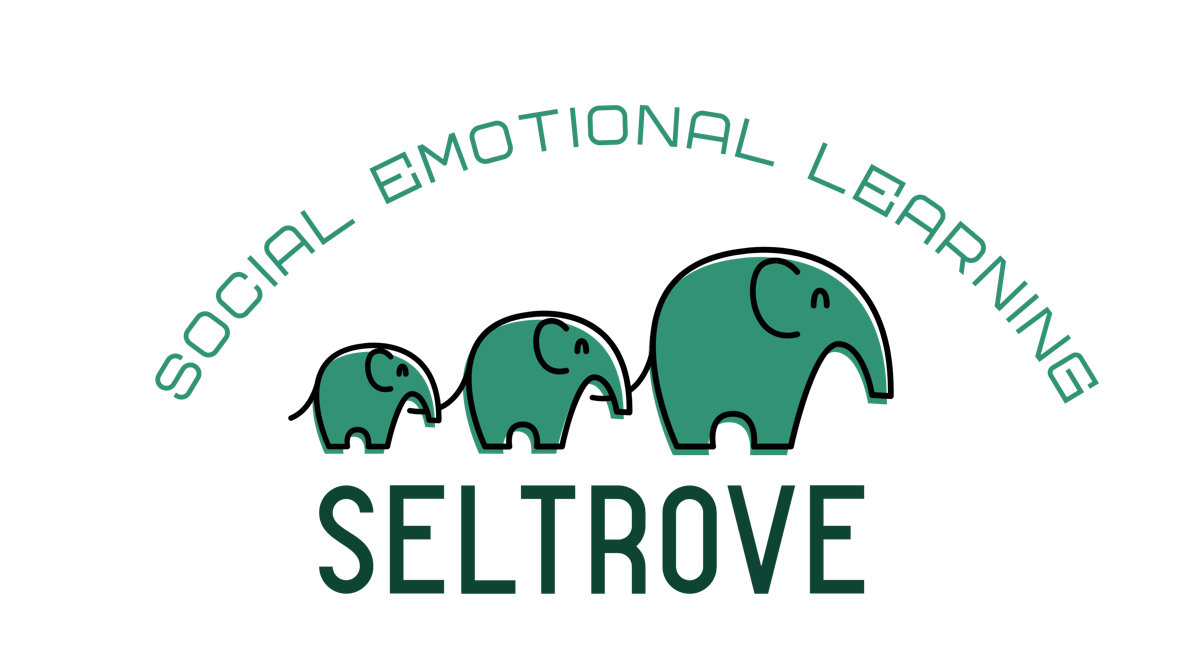
The Building Blocks of SEL
Janna Nobleza
Social-emotional learning (or SEL) is the set of competencies people of all ages work to develop. As the term implies, people who are using SEL focus on two main skills: social interaction and emotional regulation. Some of the topics SEL digs into include working to recognize emotions, managing emotions and stress, working towards goals, establishing and maintaining healthy and positive relationships, showing empathy and respect for others, and making constructive choices.
When teachers and students learn SEL skills, the well-being of the teachers, students, and school community improve.
Benefits for Students & Teachers
Teachers learn how to use a student-centered approach when teaching, to de-escalate situations and use different types of problem-solving strategies that result in less behavior problems for their students, learn tools for managing their own stress, and focus on creating a culturally responsive curriculum for their students. When teachers are cognizant of SEL and use SEL skills in their planning and instruction, students feel more included in the curriculum, engaged in their learning, and more understood by their teachers. By creating these equitable learning environments, teachers are creating an environment where their students are able to find more academic success, creating more positive school climates, and experiencing an increase in positive behaviors. Teachers can also find solace in new tools for balancing their teacher workload.
Students also benefit from learning SEL skills. Students not only feel more respected and confident in their classroom with an SEL-trained teacher, but they also respect themselves and their classmates through learning relationship skills, emotional skills, and how to make more responsible decisions. Students learn healthy ways to communicate, tools for self-regulation, and strategies for demonstrating empathy.
As teachers and students begin developing their social-emotional skills, the entire school climate begins to change. People in the building are making more caring decisions, are developing supportive relationships, are working on a growth mindset, and teachers are using more trauma-informed practices.
Implementing SEL in your school and classroom
According to CASEL, to be most effective, it is essential that states, regions, districts, and schools infuse the principles of SEL across practices and policies such as curriculum and instruction, extra-curricular activities, discipline, student-support services, professional learning, and ongoing assessment for continuous improvement.
CASEL's Theory of Action at the state, district, and school level addresses four key elements that are necessary to comprehensively support quality SEL implementation throughout the system:
- Build foundational support and plan;
- Strengthen adult SEL competencies and capacity;
- Promote SEL for students; and
- Reflect on data for continuous improvement.
Source: casel.org
In conclusion, schools who implement SEL find there are less behavior issues, increased academic achievement, and a healthier well-being and atmosphere in the school. How might SEL benefit your school, classroom, and school community?
Products
Teacher Resources
Get in touch
-
516 North Ogden Ave, Suite 111 Chicago, IL 60642
-
andy@seltrove.com
-
312-224-2536
Copyright © 2025 Seltrove, An IB Source Education company